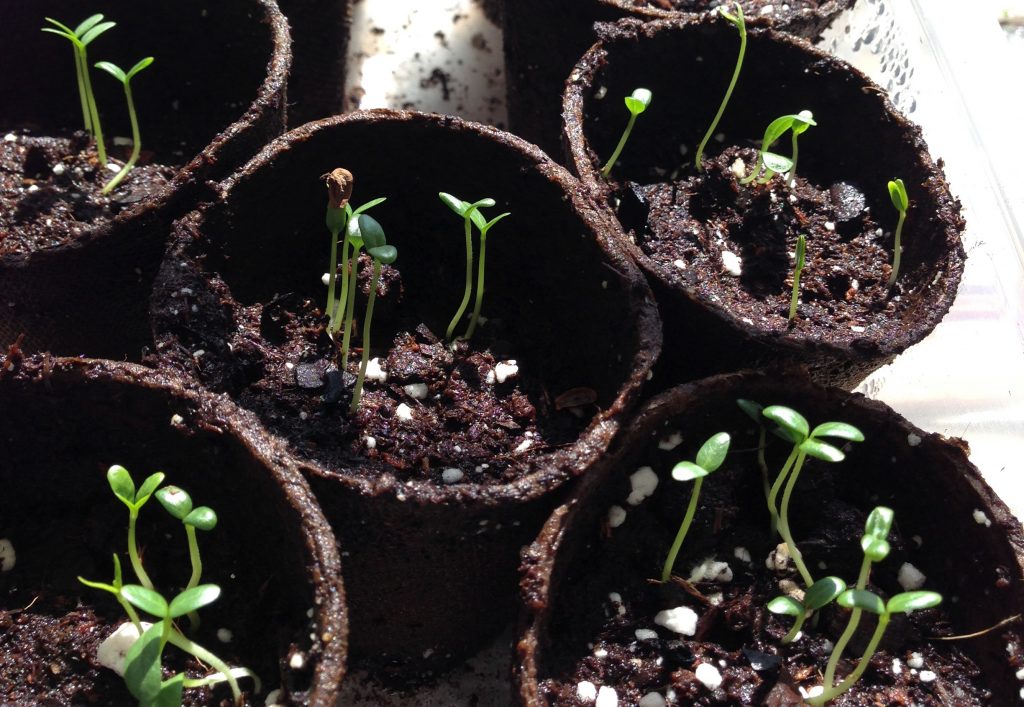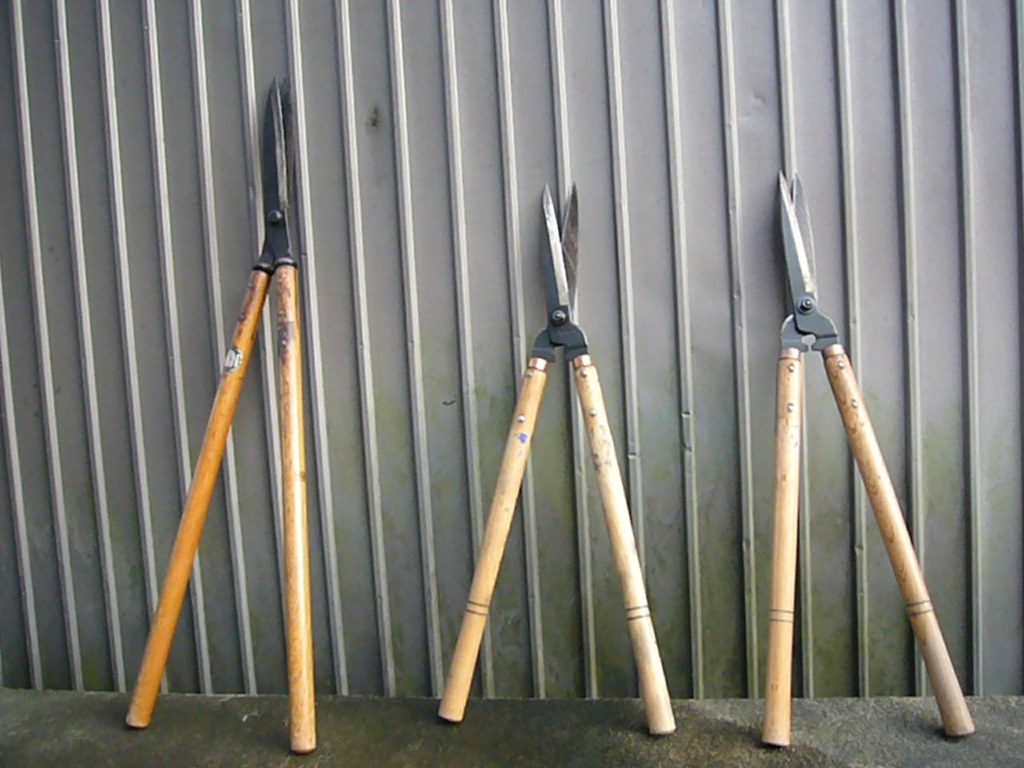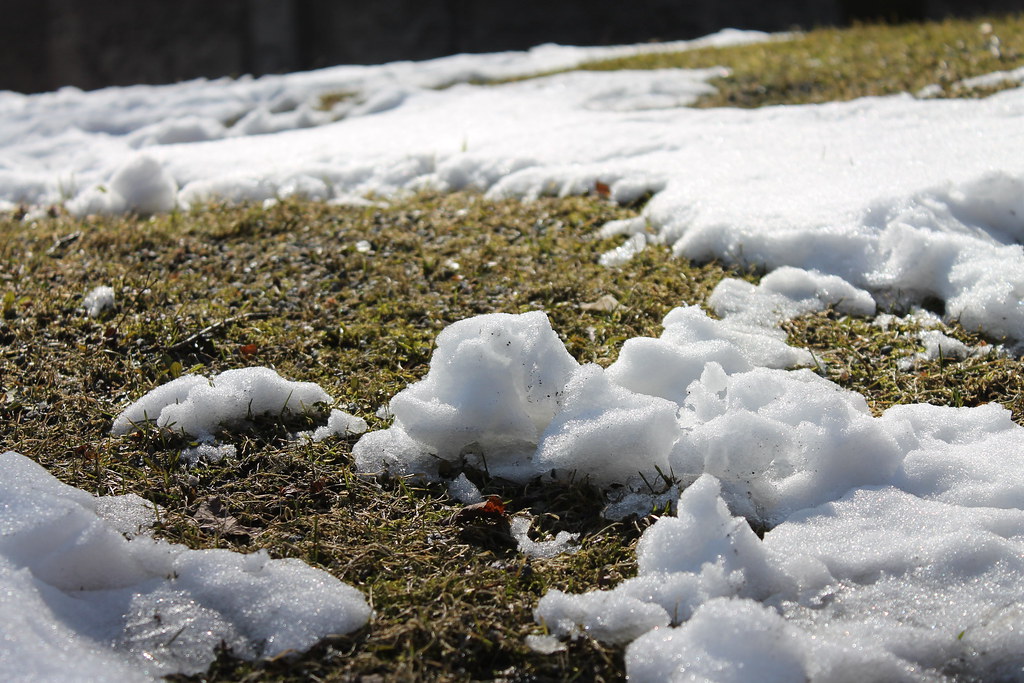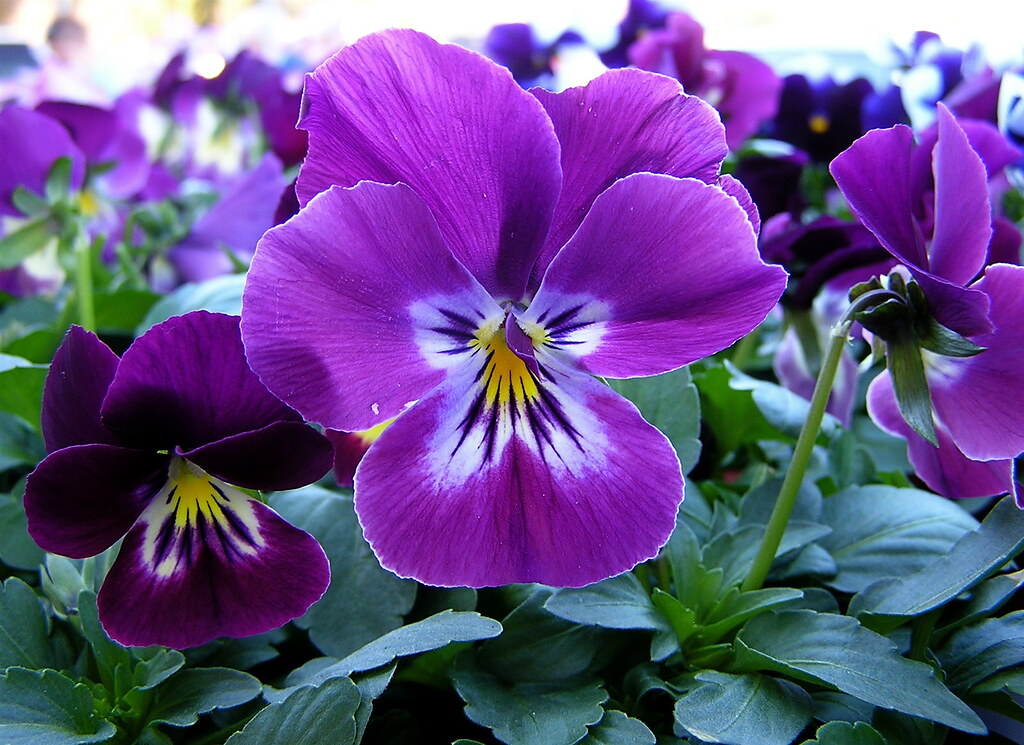Pruning and Seed Starting

Seeds can be started indoors but please, keep in mind the following:
- Don’t start too early; check the germination period for the seed you are planting, and the conditions in which the young plants can be transplanted (e.g., only after all danger of frost has passed).
- Seedlings need artificial light; most seedlings cannot survive, or thrive, on a window ledge.
- The needs of different seedlings vary; do your research before you start.
- Consider purchasing organically grown seeds, which are produced without synthetic pesticides.

We have lots of resources! For information about starting seeds at home, see “Starting Vegetable Seeds Indoors”, Rutgers FS 787. Take a look at this post, written by Master Gardener Margaret Montplaisir: Jump Starting Spring. Check out this handy seed-starting calculator from A Way To Garden. View the recording of our recent virtual program, “Veggie Basics 1: Planning the Vegetable Garden and Starting Seeds”, presented by Mercer County Horticulturist, Margaret Pickoff and Master Gardener, Mike Gliddon. Use the passcode Garden*2021

Early March is an excellent time to prune most summer-blooming plants and most trees. As a rule of thumb, no more than one third of a shrub should be removed. However, there are many exceptions, including when you are planning to do what is called restoration pruning to rejuvenate an older, overgrown shrub. As a rule, spring-flowering shrubs and trees (e.g., lilacs, azaleas, dogwoods) should NOT be pruned now (unless you don’t mind sacrificing some of this year’s blossoms). They are best pruned right after they bloom in the spring. It is always advisable to remove dead, damaged, or diseased portions of the plant, no matter what the season. For a discussion of proper pruning techniques, including lists of spring and summer-blooming plants, see “Pruning Flowering Shrubs”, Rutgers FS 1221. (Photo credit: “prune trees” by fui is licensed under CC BY-NC-ND 2.0)

When the snow is melted and the ground is beginning to unfreeze and dry out, you can begin the spring clean-up. It is important to refrain from working when the ground is still wet because it can cause unwanted soil compaction. (Photo credit: “melting snow” by Greta.tt is licensed under CC BY-NC 2.0)

Early plants, like pansies, will be available at local nurseries soon.You can also order perennials, including natives and trees, online. Remember, frost can return long into April, so don’t go wild with some of the less cold-hardy plants. (Photo credit: “purple pansy” by Muffet is licensed under CC BY 2.0)
For more tips, click on: General January February March April May June July August September October November December